Construction will begin imminently with industry data specialist BarbourABI valuing the deal at £100m.
Mace will lead on the procurement and construction of the new facility and will be supported by CPC Project Services providing project management support and Arcadis consultancy who are providing cost management.
The existing design team, novated to Mace, will be led by the architectural firm Fielden Clegg Bradley Studios and includes the engineering consultancy Ramboll.
The building will house purpose-built storage for 28 million specimens, around a third of the Museum’s vast collection, as well as provide innovative digital, analytical and genomic technologies and facilities for the scientific community.
The Thames Valley Science Park site is part of the innovation campus of the University of Reading.
It will span the equivalent of three football pitches, totalling 25,000 sq mts, and is expected to be finished in 2027 and operational by 2031.
Rob Lemming, Managing Director for Public Sector and Life Sciences – Mace Construct, said: “As we embark on this significant project, our focus is on creating a facility that not only protects the Museum’s invaluable specimens but also serves as a centre for groundbreaking research.
“This building will be equipped with cutting-edge technology, enabling solutions-led research into some of the greatest challenges facing the planet, from climate change and biodiversity loss to health and sustainable resourcing.”
The project is part of the NHM Unlocked Programme, generously enabled through a substantial £201m investment from the UK Government as part of its priority to increase investment in science, research and development.
Housed at the new centre in bespoke storage will be the Museum’s collections of mammals, non-insect invertebrates (such as corals, crustaceans, molluscs and worms), fossilised mammals and invertebrates, molecular collections and micropalaeontology.
Transporting these specimens to Shinfield will be the largest move of the natural history specimens globally.
The facility will include an imaging and analysis centre, including digitisation suites; state-of-the-art molecular biology laboratories, including ancient DNA labs; cryo-facilities for tissue storage; conservation labs; and specimen preparation labs, including quarantine facilities.





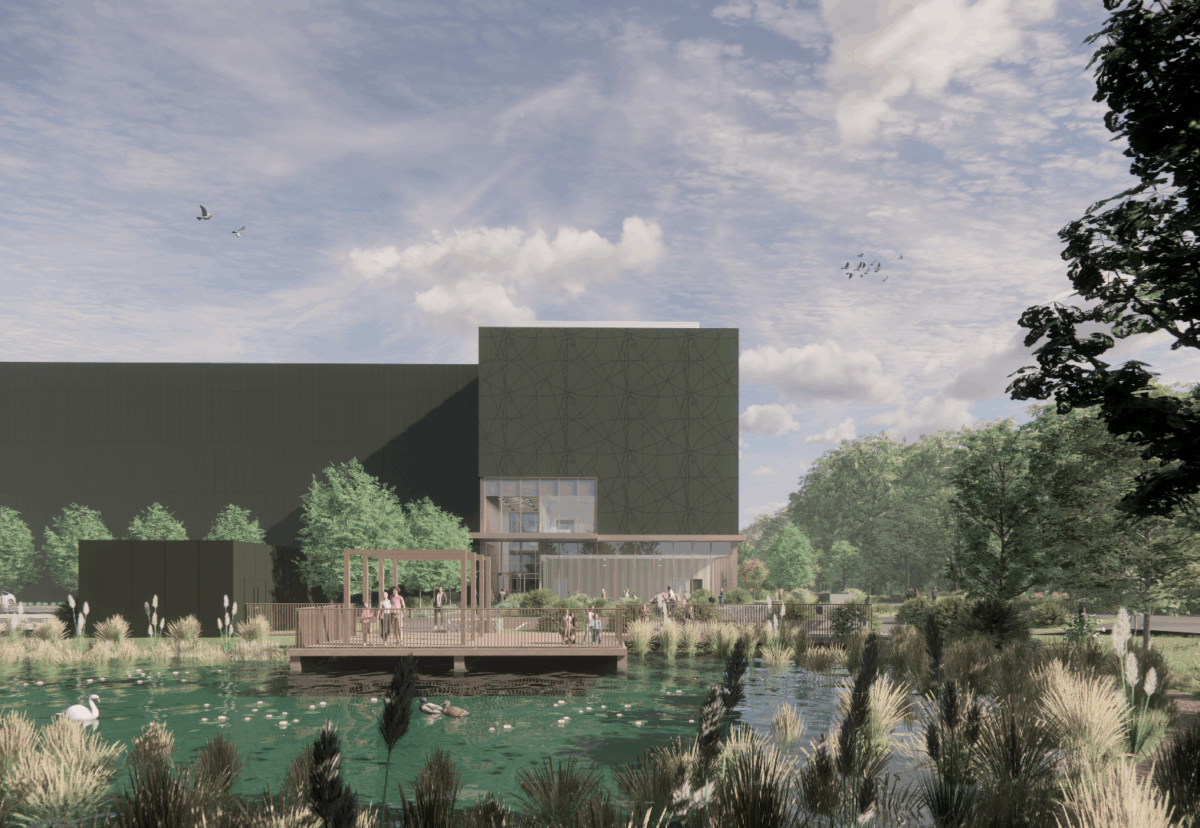



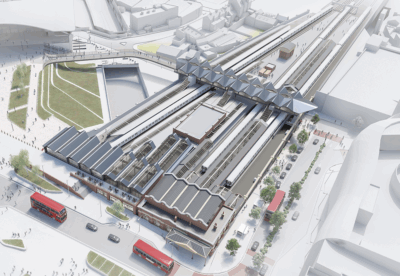
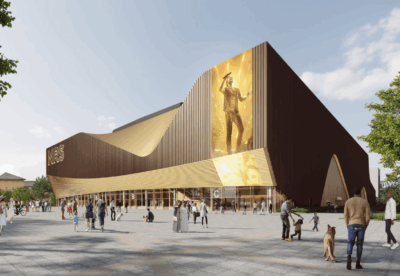
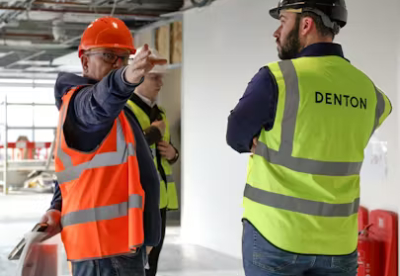

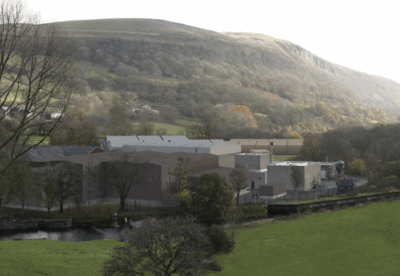



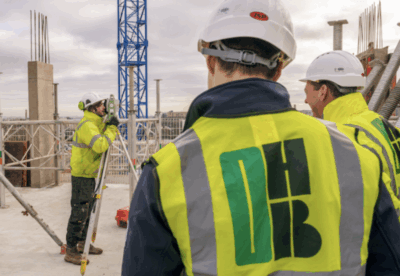
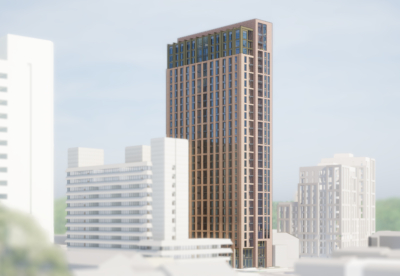


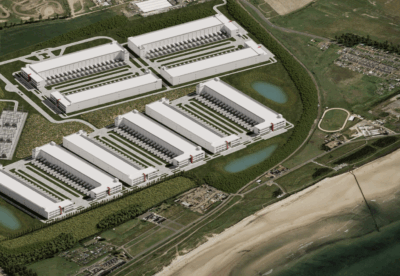



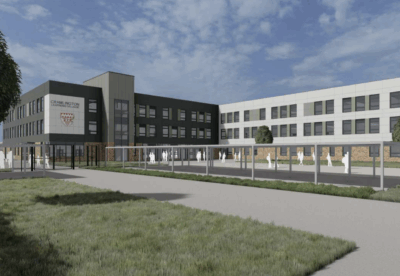
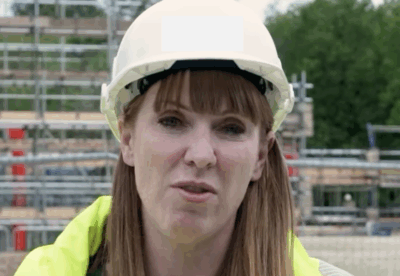



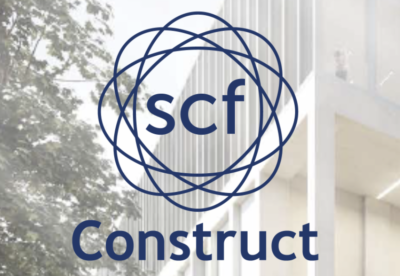




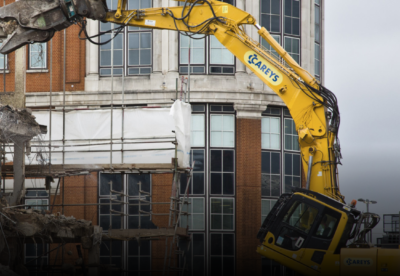
 (300 x 250 px) (2).png)


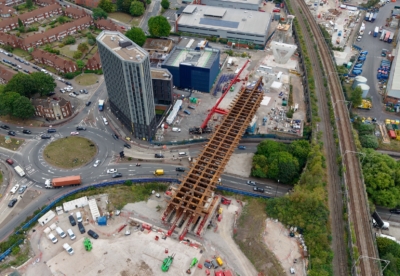
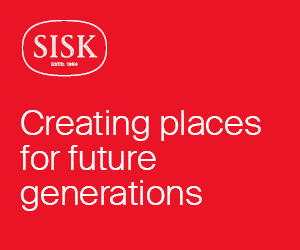


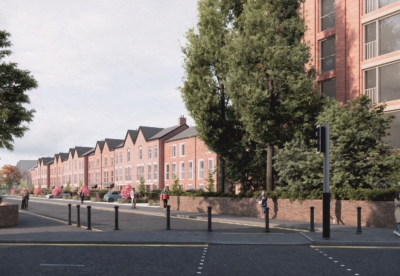
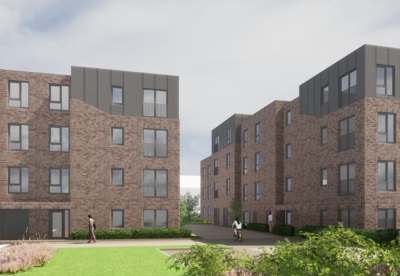
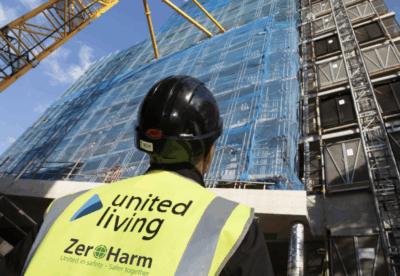





.gif)




